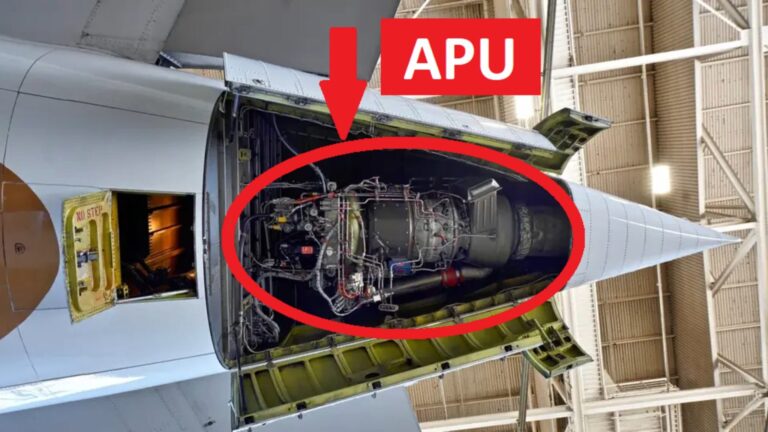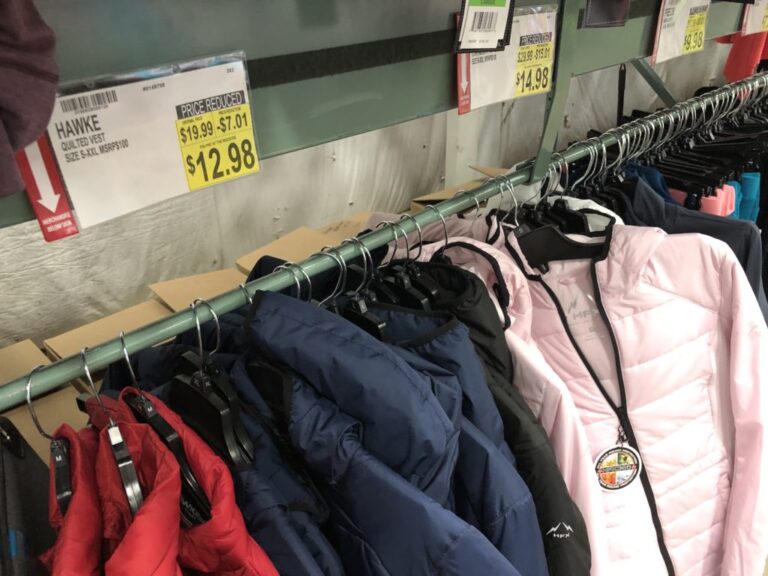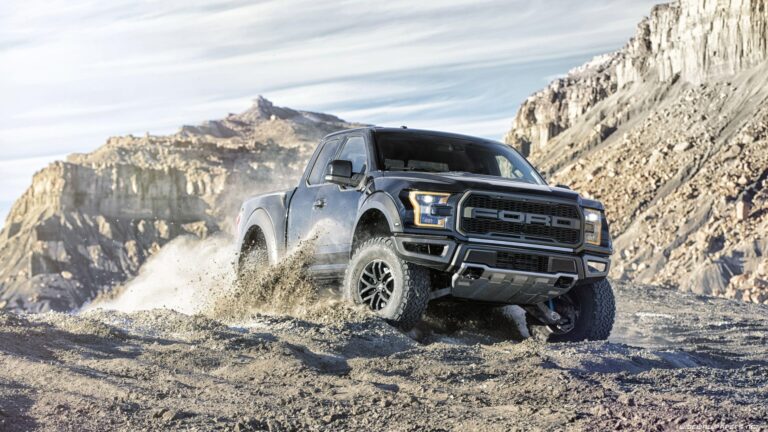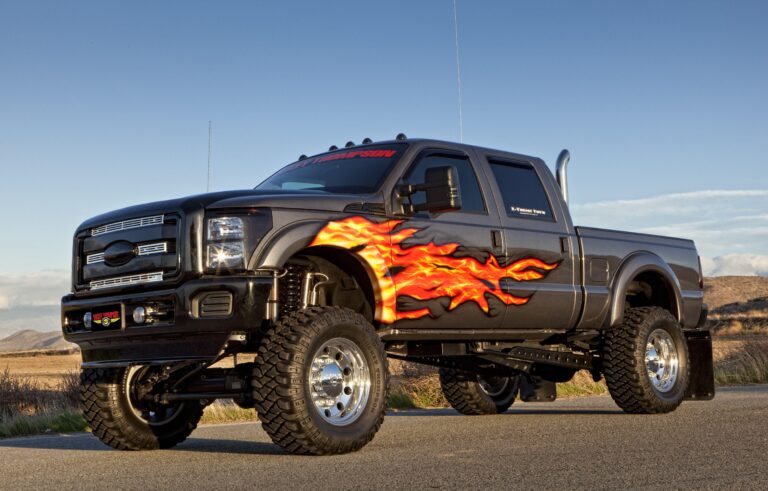Lifted Pickup Trucks: Elevating Your Ride and Capability
Lifted Pickup Trucks: Elevating Your Ride and Capability cars.truckstrend.com
The sight of a towering pickup truck, perched high on massive tires, commands attention on the road and dominates the trails. More than just a striking aesthetic, lifted pickup trucks represent a blend of enhanced off-road capability, personalized style, and a statement of rugged independence. But what exactly goes into transforming a stock truck into an elevated beast, and what should prospective owners know before taking the plunge? This comprehensive guide delves into the world of lifted pickup trucks, exploring their appeal, the mechanics behind the modification, crucial considerations, and much more.
What Defines a Lifted Pickup Truck?
Lifted Pickup Trucks: Elevating Your Ride and Capability
At its core, a lifted pickup truck is a vehicle that has undergone modifications to its suspension or body to increase its ground clearance and overall height. This elevation allows for the fitment of larger wheels and tires, significantly enhancing the truck’s off-road prowess and giving it a more aggressive, imposing stance. While some trucks come from the factory with mild lifts, the term "lifted" typically refers to aftermarket modifications that range from a subtle leveling of the front end to a dramatic increase in overall vehicle height.
The importance of lifted trucks spans several facets: for off-road enthusiasts, the added clearance means navigating challenging terrain with ease, overcoming obstacles like rocks and deep ruts. For those focused on aesthetics, a lift kit transforms a truck into a unique expression of personal style, setting it apart from the crowd. Beyond these, a lifted truck can also offer improved visibility from a higher vantage point, though this comes with its own set of considerations.
Why Lift Your Truck? Unpacking the Motivations
The decision to lift a pickup truck is driven by a combination of practical benefits and personal preferences. Understanding these motivations is key to appreciating the phenomenon.
1. Unrivaled Off-Road Capability
This is arguably the primary reason for lifting a truck. Increased ground clearance means the undercarriage is less likely to scrape or get hung up on obstacles when traversing uneven terrain. Furthermore, a proper suspension lift often allows for greater wheel articulation, meaning the wheels can move up and down more independently, maintaining better contact with the ground on extremely uneven surfaces. The ability to fit larger, more aggressive tires (which often accompanies a lift) further enhances traction and grip on mud, sand, snow, and rocks.
2. Striking Aesthetics and Customization
For many, the appeal of a lifted truck is purely visual. The elevated stance, coupled with oversized tires, creates an aggressive, powerful, and unique look that stands out. It’s a form of automotive self-expression, allowing owners to personalize their vehicle to reflect their adventurous spirit or simply their taste for a commanding presence.
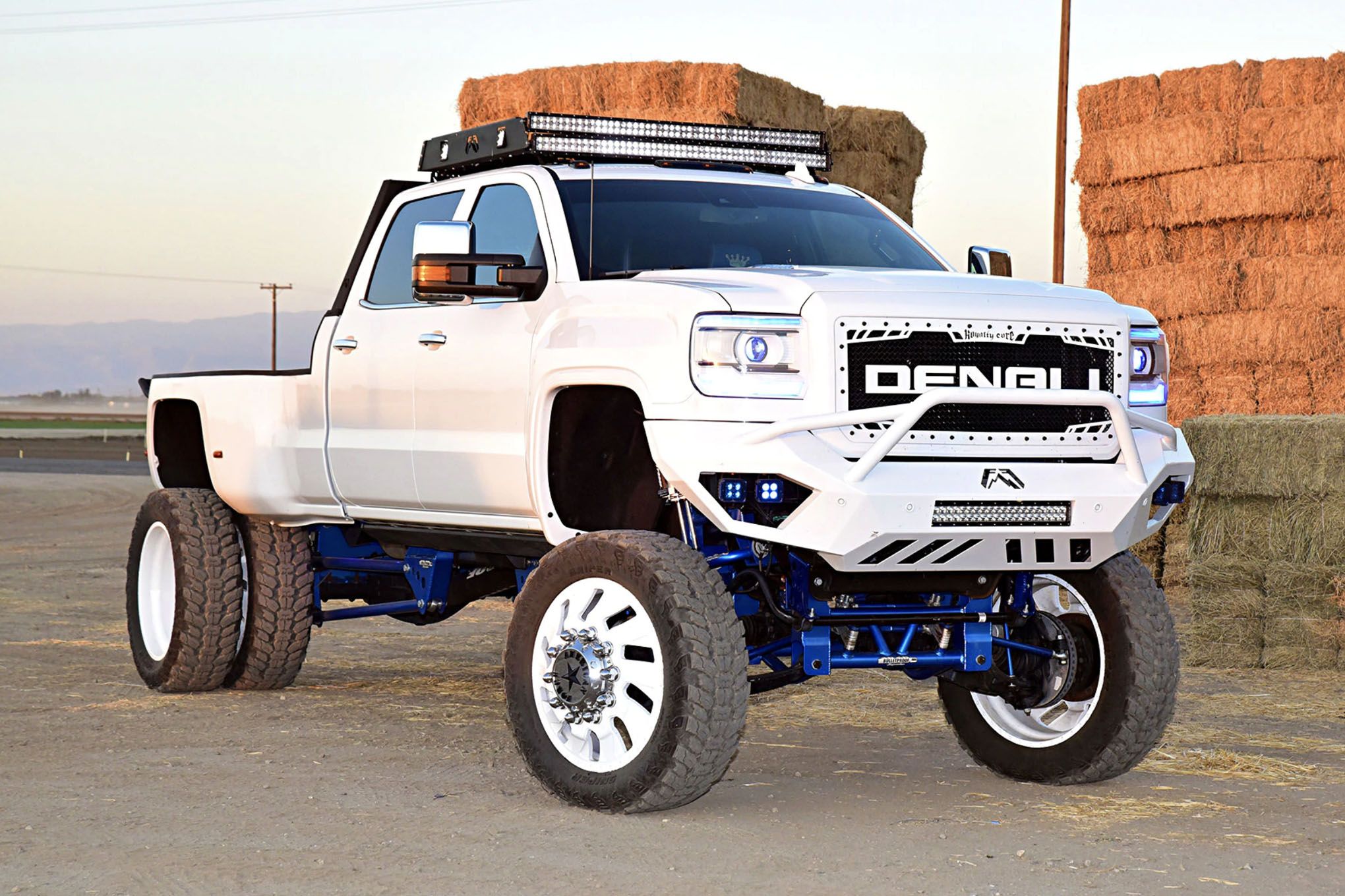
3. Practical Utility (Beyond Off-Roading)
While not the main reason, a lifted truck can offer some practical advantages. For instance, leveling kits are often installed to correct the factory "rake" (where the front of the truck sits lower than the rear), which is designed to compensate for heavy loads in the bed or when towing. Leveling the truck improves its appearance and prevents the front from sagging excessively when carrying heavy loads, though a full suspension lift isn’t primarily for this purpose. Some even find the higher seating position offers improved visibility in certain driving scenarios.
Types of Lift Kits: Choosing Your Elevation
Lift kits are not one-size-fits-all; they come in various forms, each offering different levels of lift and impacting the vehicle in distinct ways.
1. Leveling Kits (1-2.5 inches)
The most basic and least invasive type of lift, leveling kits are designed to raise only the front of the truck to match the height of the rear. This eliminates the factory "rake" and allows for slightly larger tires. They typically consist of strut spacers, torsion keys, or coil spring spacers.
- Pros: Inexpensive, easy to install, maintains factory ride quality, improves appearance.
- Cons: Only provides minimal lift, no significant off-road enhancement.
2. Body Lift Kits (1-3 inches)
A body lift raises the truck’s body from its frame using spacers, without altering the suspension components. This creates a gap between the body and the frame.
- Pros: Relatively inexpensive, maintains factory ride quality, allows for larger tires without affecting suspension geometry.
- Cons: Visible gap between body and frame, can make bumpers and hitches look misaligned, doesn’t increase ground clearance under the axles or differential.
3. Suspension Lift Kits (2-12+ inches)
These are the most comprehensive and effective lift kits for off-road performance. Suspension lifts replace or modify key suspension components (shocks, springs, control arms, leaf springs, etc.) to achieve significant increases in ride height and often improve wheel travel and articulation.
- Pros: Maximizes ground clearance, allows for the largest tires, significantly improves off-road capability, often enhances ride quality with high-quality components.
- Cons: Most expensive, complex installation, can significantly alter ride and handling characteristics, may require additional modifications (driveshafts, brake lines, steering components).
Key Components of a Suspension Lift System
A true suspension lift involves a suite of specialized parts working in concert:
- Lifted Coil Springs/Leaf Springs: Replaces factory springs to provide increased height.
- Longer Shocks/Struts: Accommodate the increased suspension travel.
- Control Arms: Often longer or redesigned to correct suspension geometry after lifting.
- Drop Brackets: Used to lower mounting points for components like control arms, sway bars, and transfer cases to maintain proper angles.
- Extended Brake Lines: Necessary to prevent stretching or damage as the suspension extends.
- Extended Driveshafts or Driveshaft Spacers: To prevent binding or vibration from altered driveline angles.
- Track Bar Relocation Brackets: For solid axle vehicles, to keep the axle centered under the truck.
- Pitman Arm/Steering Knuckles: To correct steering geometry and prevent bump steer.
The Lifting Process: DIY vs. Professional Installation
Lifting a truck can range from a relatively straightforward DIY project (for leveling or simple body lifts) to a complex undertaking best left to professionals (for extensive suspension lifts).
- DIY Installation: Possible for basic kits with proper tools (jack, jack stands, wrenches, torque wrench) and mechanical aptitude. Always follow manufacturer instructions meticulously.
- Professional Installation: Highly recommended for complex suspension kits. Experienced technicians ensure correct installation, proper torque settings, and crucial post-installation adjustments like alignment and driveline angle correction, which are vital for safety and performance.
Post-Installation Essentials: Regardless of who installs it, a professional wheel alignment is absolutely critical after any lift kit installation to correct camber, caster, and toe angles. Neglecting this will lead to poor handling, uneven tire wear, and potential safety issues.
Important Considerations Before Lifting Your Truck
Lifting a truck is a significant modification with several implications beyond just increased height.
- Cost: Beyond the kit itself, factor in installation labor, larger tires, potentially new wheels, and ongoing maintenance.
- Ride Quality and Handling: A lift can alter the truck’s ride. Stiffer springs might make it feel harsher, while higher-quality shocks can sometimes improve it. The higher center of gravity affects handling, making the truck more prone to body roll and increasing stopping distances.
- Fuel Economy: Larger, heavier, and more aggressive tires, combined with increased aerodynamic drag from the lift, will almost certainly lead to a noticeable decrease in fuel efficiency.
- Warranty Implications: Many manufacturers consider aftermarket lift kits a modification that can void parts of your vehicle’s factory warranty, especially related to the drivetrain and suspension.
- Legality and Regulations: Truck height limits, tire protrusion laws, and fender flare requirements vary by state and even local municipality. Research your local laws before modifying.
- Garage Clearance/Parking: A lifted truck may no longer fit in standard parking garages, drive-thrus, or even your home garage. Measure twice, lift once!
- Accessibility: Entry and exit become more challenging, especially for shorter individuals. Running boards or power-retracting steps can mitigate this.
- Resale Value: While some buyers seek lifted trucks, others prefer stock. A highly customized lift might narrow your potential buyer pool.
Maintenance and Care for Lifted Trucks
Lifted trucks, especially those used off-road, require more diligent maintenance:
- Regular Inspections: Frequently check all suspension components, steering linkages, bushings, and bolts for wear, looseness, or damage.
- Lubrication: Many aftermarket suspension components have grease zerks that require regular lubrication.
- Tire Care: Rotate and balance larger tires more frequently to ensure even wear. Monitor tire pressure diligently.
- Alignment Checks: Get your alignment checked periodically, especially after off-roading, as impacts can throw it off.
- Cleaning: After off-roading, thoroughly clean the undercarriage to remove dirt, mud, and debris that can accelerate wear.
Challenges and Solutions
- Challenge: Poor Ride Quality.
- Solution: Invest in high-quality shocks and springs designed for your specific truck and desired lift height. Proper tuning can make a significant difference.
- Challenge: Increased Wear on OEM Parts.
- Solution: Aftermarket lift kits often come with stronger, more durable components designed to handle the increased stresses. Regular maintenance and prompt replacement of worn parts are crucial.
- Challenge: Entry/Exit Difficulties.
- Solution: Install high-quality side steps, nerf bars, or power-retracting running boards.
- Challenge: Parking and Maneuvering Issues.
- Solution: Practice makes perfect. Be mindful of overhead clearances and tighter turning radii. Parking sensors and cameras can be invaluable.
Estimated Costs Associated with Lifting a Pickup Truck
The cost of lifting a pickup truck varies dramatically based on the type of lift, the brand, the vehicle model, and whether professional installation is chosen. This table provides estimated ranges for common lift types and associated expenses.
| Category | Item/Service | Estimated Cost Range (USD) | Notes |
|---|---|---|---|
| Lift Kit Type | Leveling Kit (Front Only) | $100 – $400 | Strut spacers, torsion keys; minimal lift. |
| Body Lift Kit (1-3 inches) | $200 – $600 | Spacers between body and frame; no suspension change. | |
| Mild Suspension Lift (2-4 inches) | $500 – $2,000 | Basic components like shocks, springs, spacers. | |
| Moderate Suspension Lift (4-6 inches) | $1,500 – $4,000 | More comprehensive kits, often including control arms, drop brackets. | |
| Extreme Suspension Lift (6-12+ inches) | $3,000 – $10,000+ | Highly specialized kits, often requiring extensive drivetrain mods. | |
| Associated Costs | Professional Installation Labor | $400 – $2,000+ | Varies greatly by shop, complexity of lift, and region. |
| New Tires (Larger Size) | $800 – $3,000+ | Necessary for aesthetic and functional benefits; price varies by size/brand. | |
| New Wheels (Optional/Required) | $600 – $2,500+ | Often desired for aesthetic matching or proper offset for larger tires. | |
| Professional Wheel Alignment | $100 – $250 | Absolutely essential after any lift; critical for safety and tire wear. | |
| Driveline Modifications (if needed) | $300 – $1,500+ | Extended driveshafts, slip yoke eliminators; for higher lifts. | |
| Fender Flares (if needed) | $200 – $800 | To cover wider tires and comply with local laws. | |
| Side Steps/Running Boards | $200 – $1,000+ | For easier entry/exit. | |
| Potential Re-gearing | $1,500 – $3,000+ | Recommended for very large tires to restore performance/fuel economy. |
Note: These are estimates only. Actual costs will vary based on vehicle make/model, specific components chosen, brand reputation, and labor rates in your area.
Frequently Asked Questions (FAQ) About Lifted Pickup Trucks
Q1: Is it bad to lift your truck?
A: Not inherently. When done correctly with quality components and professional installation, a lift can enhance your truck. However, a poorly executed lift or cheap components can lead to compromised handling, premature wear on parts, and safety issues.
Q2: How much does it cost to lift a truck?
A: As shown in the table above, the cost can range from a few hundred dollars for a basic leveling kit to over $10,000 for an extreme suspension lift with associated parts and professional installation.
Q3: Do lifted trucks ride rougher?
A: It depends. Some budget lift kits use stiffer springs or basic spacers that can degrade ride quality. However, high-quality suspension lift kits often come with advanced shocks and tuned springs that can significantly improve ride comfort and off-road performance over stock.
Q4: Does lifting a truck void the warranty?
A: It can. While the Magnuson-Moss Warranty Act prevents manufacturers from voiding an entire warranty due to an aftermarket part, they can deny warranty claims for components that are directly affected or damaged by the lift kit. For example, a lift kit could lead to a denied warranty claim on suspension, steering, or drivetrain components.
Q5: How high can I legally lift my truck?
A: Lift laws vary significantly by state and even local municipality. These laws typically specify maximum bumper height, frame height, or headlight height. Always research your local vehicle modification laws before installing a lift kit.
Q6: Should I lift my truck myself or have it professionally installed?
A: For simple leveling kits, DIY is often feasible with proper tools and mechanical knowledge. However, for complex suspension lift kits, professional installation is highly recommended. It ensures safety, proper alignment, and correct component functionality, preventing costly issues down the line.
Q7: What tire size can I run with a specific lift?
A: This depends heavily on the truck model, the amount of lift, and wheel offset. Most lift kit manufacturers provide guidelines for maximum recommended tire sizes. It’s crucial to consult these guidelines to avoid rubbing issues.
Conclusion
Lifted pickup trucks are more than just vehicles; they are statements of intent, blending formidable aesthetics with unparalleled off-road capability. While the allure of a towering truck is undeniable, the journey to achieving that look and performance requires careful consideration. From understanding the different types of lifts and their components to factoring in the comprehensive costs and potential impacts on ride, handling, and warranty, an informed approach is paramount.
When done responsibly and with quality components, lifting your truck can unlock new levels of adventure and personal expression. However, neglecting the crucial considerations—especially regarding safety, legality, and proper maintenance—can quickly turn a dream truck into a costly headache. By weighing the benefits against the challenges and committing to responsible modification, you can confidently elevate your ride and conquer the road less traveled.

